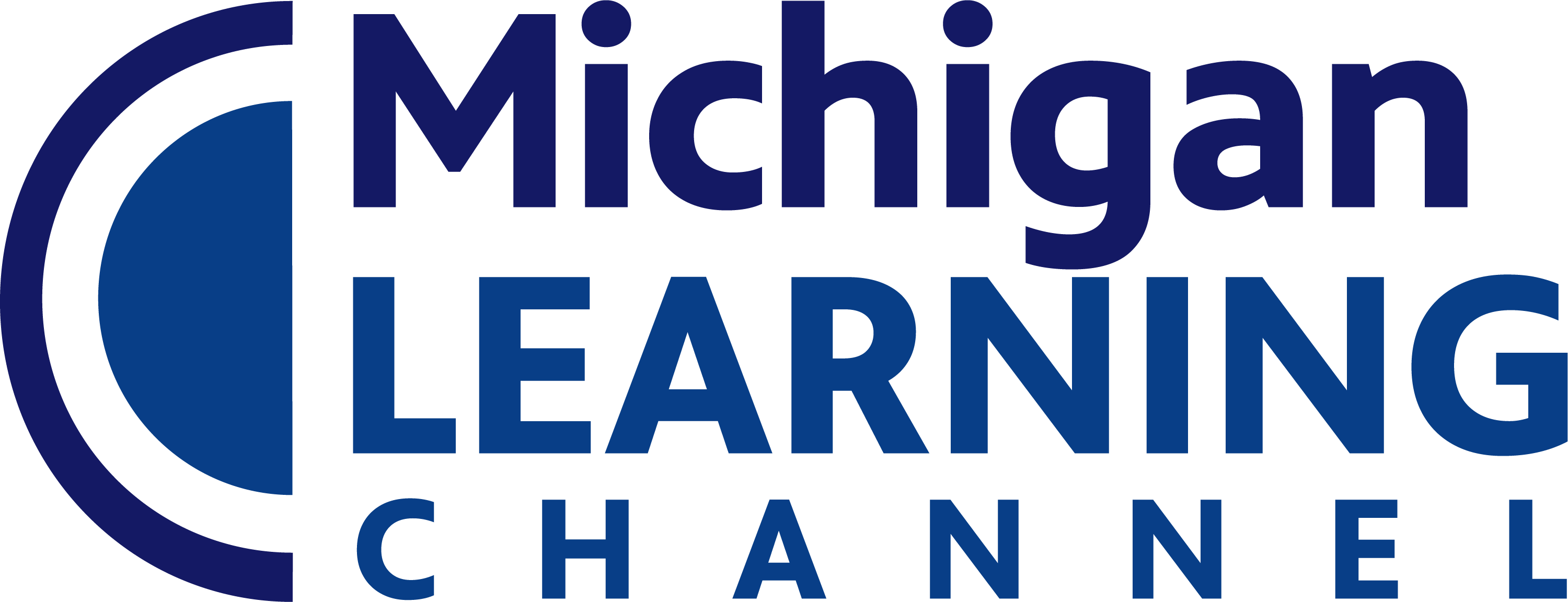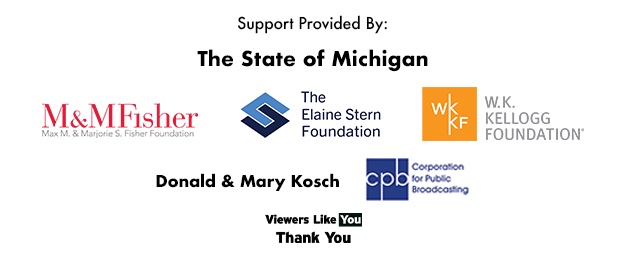Grades
Standard
I can write an opinion piece that includes an introduction, supporting reasons, and a concluding statement.
Write informative/explanatory texts to examine a topic and convey ideas and information clearly.
I can develop a topic with facts, definitions and details. I can group facts and related information together about a [...]
I can use linking words and phrases and transition words to connect my ideas. I can use illustrations to help [...]
Write narratives to develop real or imagined experiences or events using effective technique, descriptive details, and clear event sequences.
I can ask questions to show I understand important details in a story. I can answer questions to show I [...]
I can closely read and understand grade level text independently. I can read fluently (easy, smooth and automatic) grade level [...]
I can retell stories (including fables, folktales and myths) in my own words. I can define the central message, lesson [...]
I can describe characters in a story using character traits. I can describe characters is a story using physical characteristics. [...]
I can use strategies (eg., context clues, root words, affixes) to determine the meaning of words and phrases as they [...]
I can explain how stories, dramas, and poems are written in different forms (eg., section chapter, scene, or stanza. I [...]
I can define point of view (in a story, drama, poem). I can distinguish between a narrator's point of view [...]
I can identify illustrations that support the story. I can explain how illustrations contribute to the words in the story. [...]
I can define theme. I can define setting. I can define plot. I can identify themes, settings, and plots in [...]
I can ask questions to demonstrate my understanding of an informational text. I can answer questions using specific details from [...]
By the end of the year, read and comprehend informational texts, including history/social studies, science, and technical texts, at the [...]
I can define the main idea (in an informational text). I can identify key ideas from an informational text. I [...]
I can define event, procedure, idea and concept. I can identify events, procedures, ideas, and/or concepts in different types of [...]
I can identify general academic words or phrases. I can identify domain specific words or phrases (content). I can use [...]
I can identify and give examples of text features and search tools. I can explain how text features and search [...]
I can define point of view (in an informational text). I can determine point of view of the author (in [...]
I can explain how illustrations in a text add meaning to the words. I can use information from illustrations to [...]
I can describe connections made between sentences and/or paragraphs within the text. I can identify words authors use to help [...]
I can find the most important points and key details found in two texts on the same subject. I can [...]
Know and apply grade-level phonics and word analysis skills in decoding words.
Use adjectives and adverbs, and choose between them depending on what is to be modified.
Produce, expand, and rearrange complete simple and compound sentences (e.g., The boy watched the movie; The little boy watched the [...]
I can use capital letters correctly. I can use punctuation correctly. I can use common spelling pattern when writing words.
Use an apostrophe to form contractions and frequently occurring possessives.
Generalize learned spelling patterns when writing words (e.g., cage → badge; boy → boil).
Consult reference materials, including beginning dictionaries, as needed to check and correct spellings
I can recognize and explain how formal English differs from informal English. I can use formal and informal English when [...]
I can determine the meaning of an unknown word using context clues. I can determine the meaning of an unknown [...]
Use sentence-level context as a clue to the meaning of a word or phrase.
Determine the meaning of the new word formed when a known prefix is added to a known word (e.g., happy/unhappy, [...]
Use a known root word as a clue to the meaning of an unknown word with the same root (e.g., [...]
Use knowledge of the meaning of individual words to predict the meaning of compound words (e.g., birdhouse, lighthouse, housefly; bookshelf, [...]
Use glossaries and beginning dictionaries, both print and digital, to determine or clarify the meaning of words and phrases.
I can make real-life connections to words I hear and read. I can recognize verbs and adjectives that have similar [...]
Identify real-life connections between words and their use (e.g., describe foods that are spicy or juicy).
Distinguish shades of meaning among closely related verbs (e.g., toss, throw, hurl) and closely related adjectives (e.g., thin, slender, skinny, [...]
I can discover new words and phrases through reading, listening, and conversation. I can use my new words and phrases [...]
I can introduce an informational topic. I can use facts to explain my informational topic. I can write a concluding [...]
I can write a narrative with a beginning, middle and end. I can include details that describe actions, thoughts, and [...]
I can recognize that a good piece of writing requires more than one draft. I can revise my writing with [...]
Grades
Standard
I can write an opinion piece that includes an introduction, supporting reasons, and a concluding statement.
Write informative/explanatory texts to examine a topic and convey ideas and information clearly.
I can develop a topic with facts, definitions and details. I can group facts and related information together about a [...]
I can use linking words and phrases and transition words to connect my ideas. I can use illustrations to help [...]
Write narratives to develop real or imagined experiences or events using effective technique, descriptive details, and clear event sequences.
I can ask questions to show I understand important details in a story. I can answer questions to show I [...]
I can closely read and understand grade level text independently. I can read fluently (easy, smooth and automatic) grade level [...]
I can retell stories (including fables, folktales and myths) in my own words. I can define the central message, lesson [...]
I can describe characters in a story using character traits. I can describe characters is a story using physical characteristics. [...]
I can use strategies (eg., context clues, root words, affixes) to determine the meaning of words and phrases as they [...]
I can explain how stories, dramas, and poems are written in different forms (eg., section chapter, scene, or stanza. I [...]
I can define point of view (in a story, drama, poem). I can distinguish between a narrator's point of view [...]
I can identify illustrations that support the story. I can explain how illustrations contribute to the words in the story. [...]
I can define theme. I can define setting. I can define plot. I can identify themes, settings, and plots in [...]
I can ask questions to demonstrate my understanding of an informational text. I can answer questions using specific details from [...]
By the end of the year, read and comprehend informational texts, including history/social studies, science, and technical texts, at the [...]
I can define the main idea (in an informational text). I can identify key ideas from an informational text. I [...]
I can define event, procedure, idea and concept. I can identify events, procedures, ideas, and/or concepts in different types of [...]
I can identify general academic words or phrases. I can identify domain specific words or phrases (content). I can use [...]
I can identify and give examples of text features and search tools. I can explain how text features and search [...]
I can define point of view (in an informational text). I can determine point of view of the author (in [...]
I can explain how illustrations in a text add meaning to the words. I can use information from illustrations to [...]
I can describe connections made between sentences and/or paragraphs within the text. I can identify words authors use to help [...]
I can find the most important points and key details found in two texts on the same subject. I can [...]
Know and apply grade-level phonics and word analysis skills in decoding words.
Use adjectives and adverbs, and choose between them depending on what is to be modified.
Produce, expand, and rearrange complete simple and compound sentences (e.g., The boy watched the movie; The little boy watched the [...]
I can use capital letters correctly. I can use punctuation correctly. I can use common spelling pattern when writing words.
Use an apostrophe to form contractions and frequently occurring possessives.
Generalize learned spelling patterns when writing words (e.g., cage → badge; boy → boil).
Consult reference materials, including beginning dictionaries, as needed to check and correct spellings
I can recognize and explain how formal English differs from informal English. I can use formal and informal English when [...]
I can determine the meaning of an unknown word using context clues. I can determine the meaning of an unknown [...]
Use sentence-level context as a clue to the meaning of a word or phrase.
Determine the meaning of the new word formed when a known prefix is added to a known word (e.g., happy/unhappy, [...]
Use a known root word as a clue to the meaning of an unknown word with the same root (e.g., [...]
Use knowledge of the meaning of individual words to predict the meaning of compound words (e.g., birdhouse, lighthouse, housefly; bookshelf, [...]
Use glossaries and beginning dictionaries, both print and digital, to determine or clarify the meaning of words and phrases.
I can make real-life connections to words I hear and read. I can recognize verbs and adjectives that have similar [...]
Identify real-life connections between words and their use (e.g., describe foods that are spicy or juicy).
Distinguish shades of meaning among closely related verbs (e.g., toss, throw, hurl) and closely related adjectives (e.g., thin, slender, skinny, [...]
I can discover new words and phrases through reading, listening, and conversation. I can use my new words and phrases [...]
I can introduce an informational topic. I can use facts to explain my informational topic. I can write a concluding [...]
I can write a narrative with a beginning, middle and end. I can include details that describe actions, thoughts, and [...]
I can recognize that a good piece of writing requires more than one draft. I can revise my writing with [...]


